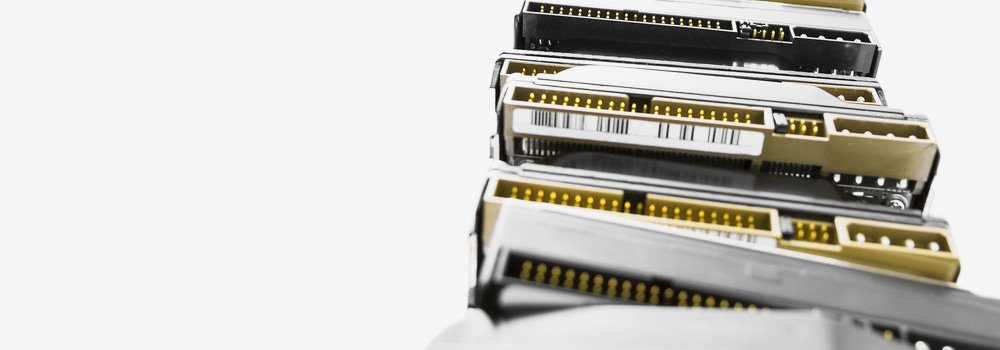Samsung Hard Disk and SSD Data Recovery Professional Services Cambridge:
Samsung hard disks and SSDs (Solid-State Drives) are known for their reliability and performance, yet they can experience failure, leading to data loss. Unlike hard disk drives, SSDs present unique challenges in recovery due to their distinct data storage methods.
Understanding Samsung Hard Disk and SSD Failures
Samsung HDDs and SSDs experience different types of failures due to their structural and technological differences:
- Hard Disk Drive (HDD) Failures: Primarily involve mechanical issues, such as head crashes or motor failures.
- Solid-State Drive (SSD) Failures: SSDs face issues like NAND cell wear, power surges, and firmware corruption, which can be challenging to repair.
Common Causes of Samsung Hard Disk and SSD Failures
- Wear and Tear: HDDs wear down over time due to mechanical parts, while SSDs wear from continuous write/erase cycles.
- Power Surges and Electrical Damage: Sudden power loss can corrupt data or damage internal circuitry, especially for SSDs.
- Firmware Corruption: Firmware issues prevent the drive from communicating correctly, a problem common to both HDDs and SSDs.
- Software Errors: Improper software handling, file corruption, or virus infections can cause logical drive failures.
Signs of Samsung Hard Disk or SSD Failure
Recognising early signs can prevent permanent data loss:
- Slow Performance (HDD): Delayed file access or excessive noise, like clicking or grinding, suggests mechanical issues.
- Drive Not Detected (SSD): A common symptom of SSD failure where the drive isn’t recognised by the operating system.
- Corrupted or Missing Files: Frequent file errors or disappearing files indicate possible logical damage.
Unique Recovery Challenges for Samsung Drives
Samsung HDDs and SSDs pose distinct challenges due to technological differences:
- TRIM Commands on SSDs: The TRIM command permanently erases deleted data on SSDs, making data recovery more complex.
- Firmware-Specific Issues: Samsung’s proprietary firmware may complicate recovery, especially when the firmware itself becomes corrupt.
- Encrypted Drives: Many Samsung SSDs feature hardware encryption, requiring specialised knowledge and tools to decrypt and recover data.
The Samsung Data Recovery Process
A professional Samsung data recovery service generally follows these steps:
- Diagnostics and Initial Assessment: Evaluating the type of failure (logical or physical) and estimating recovery potential.
- Data Imaging and Cloning: Creating a clone of the drive for safe recovery.
- Logical Data Recovery Techniques: For non-physical issues, recovery software is used to retrieve lost data.
- Physical Recovery (HDD): For hardware failures, components like read/write heads may be replaced in a cleanroom environment.
- Advanced SSD Data Recovery: SSD recovery involves specialised techniques to work around TRIM and restore data from NAND chips.
Importance of Professional Data Recovery Services
Choosing ourselves as a professional service ensures:
- Expertise in Samsung Drive Recovery: Our Professionals are familiar with Samsung-specific firmware and architecture are better equipped for successful recovery.
- Specialized Tools for Both HDD and SSD: Access to cleanrooms and data recovery hardware is critical for physical repair.
- Secure Data Handling: Our Data recovery labs use strict security protocols to ensure client data confidentiality.
Data Recovery Methods for Samsung HDDs and SSDs
Data recovery services use a mix of methods tailored to the issue type:
- Software-Based Recovery: For logical issues, recovery software is employed to retrieve lost files.
- Hardware-Based Recovery: For HDDs with physical damage, repairs like replacing heads or fixing motor issues may be needed.
- Firmware and PCB Repair: In cases of firmware corruption, our specialised equipment is used to reprogram or replace damaged firmware.








